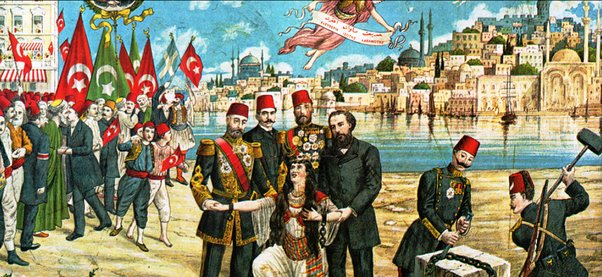From: ARNOLD REISMAN [mailto:[email protected]]
Sent: Tuesday, January 04, 2011 9:49 PM
Subject: My upgraded article on the Hitler quote at the USHMM
Arnold Reisman
Reisman and Associates
December 31, 2010
Abstract:
Not long after the Nazi takeover of Germany and proclamation of their Jewish agenda, Armenian propaganda efforts were directed toward establishing a linkage between their own historical experiences and those of European Jewry. Following WWII the cornerstone in the Armenian case has been Adolf Hitler’s purported remark “Who, after all, speaks today of the annihilation of the Armenians?” This sentence is widely known, quoted, taught, and believed worldwide. National and local governments in several countries have used it to justify resolutions declaring that the alleged slaughter of Armenians by Turks was genocide. The veracity of this statement, however, cannot be confirmed anywhere in the transcripts of evidence admitted into record by the Nuremberg War Crimes Tribunal. Quite the contrary. Transcripts of the speech in which that statement was supposedly made by Hitler on August 22, 1939, and admitted into evidence are devoid of that sentence. Believed to be Hitler’s justification for the invasion of Poland and his “final solution,” that sentence may, in fact, be a contrived statement. Using archival documents, this paper casts doubt upon the veracity of that statement and questions the validity of its use on a USHMM wall in a memorial to victims of genocide. These findings are put into the context of the Armenians’ use of terror as part of a propaganda campaign. This campaign began in the second half of the 19th century, for the purpose of alerting western countries to their victimization and encouraging the west of the need to dismantle the Ottoman Empire. One outcome of WWI. This paper relies on various archival documents including contemporaneous articles from the New York Times and Western diplomatic dispatches as well as writings by ethnic Armenian historians in both the US and the USSR.
Arnold Reisman PhD. PE
Author of:
- My Enemy’s Enemy
- An Ambassador and A Mensch: The story of a Turkish Diplomat in Vichy France
- SHOAH: Turkey, the US, and the UK
- Turkey’s Modernization: Refugees from Nazism and Ataturk’s Vision
- Post-Ottoman Turkey: Classical European Music and Opera
- Arts in Turkey: How Ancient Became Contemporary
- Refugees and Reforms: Turkey’s Republican Journey
- The Transformation of Istanbul: Art Galleries Reviving Decaying Spaces


Leave a Reply